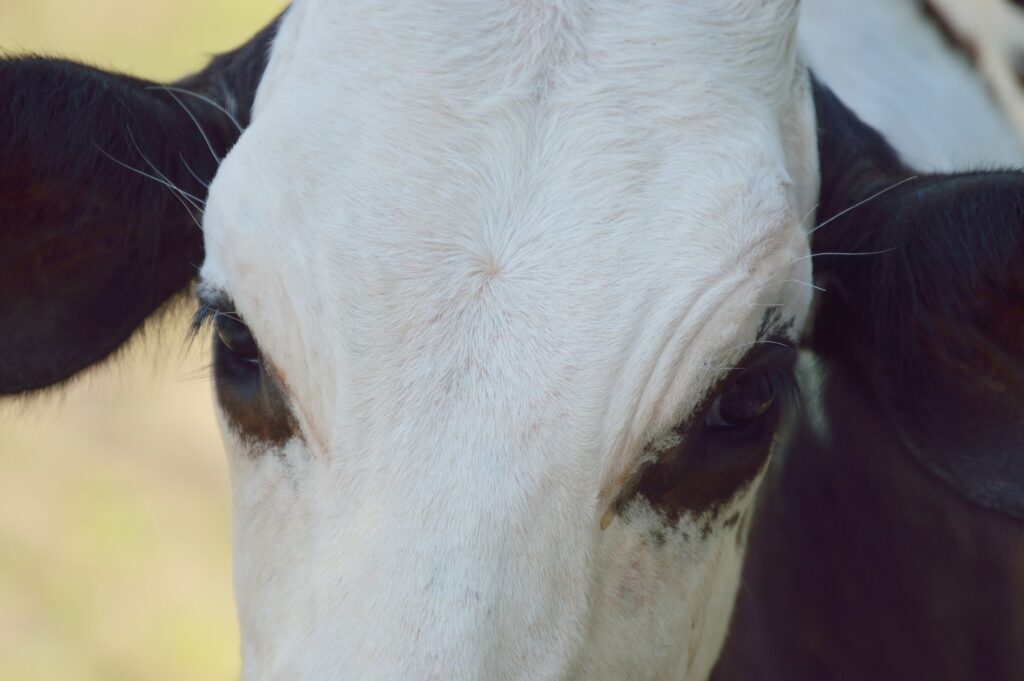MEAT COMPANIES MAKE UP 10% OF TOP 100 LARGEST FOOD AND BEVERAGE FIRMS GLOBALLY
New research has cast light on the global influence of meat companies, specifically on how meat and feed are produced, transported and traded.
A report from the Heinrich Böll Foundation shows that meat companies – classified as producers and processors – make up 10% of the 100 largest food and beverage firms around the world.
Despite having a global influence, these 10 meat companies are headquartered in just five major regions: Brazil, China, Japan, the United States and the European Union. The largest of these firms is JBS from Brazil, with over 400 branches across 15 countries. The company reportedly slaughters more than 210,000 tonnes of meat a month. Second place is American titan Tyson Foods.
Meat companies hold influence across Europe
JBS and Tyson Foods, along with China’s WH Group and America’s Cargill, operate major branches across Europe. Profits in the continent are made by selling fresh and frozen meat, which is produced in Europe or imported from countries like Brazil or Thailand. In Brazil, businesses like BRF and Marfrig distribute across Europe directly and through distribution centres.
Giants of the meat industry also use acquisitions to grow in the continent. As reported by the Heinrich Böll Foundation, Tyson Foods was able to gain influence in Europe by purchasing BRF’s European operations. JBS was able to expand its market share in Europe by acquiring Tulip Ltd., a British pig meat processor which had over a billion euros in annual sales. A subsidiary of JBS acquired Tulip for a reported €314 million ($354 million).
The date shows that the role of European-based meat companies should not be understated. Dawn Meats in Ireland is Europe’s most dominant beef and lamb producer. Meanwhile, firms such as Coren in Spain or Groupe Bigard in France reportedly have turnovers in the billions. In 2019, nonprofit Agri Benchmark reported that European farms turned an overall profit through EU farm subsidies. Beef processing firms benefited from subsidies through their production of feed grain.

Trade in meat and live animals grows around the world
Another key finding from the Heinrich Böll Foundation is the increase of international trade in meat. It is reported that 38 million tonnes of meat is traded through national borders on an annual basis. That makes up 11% of annual global production. The share of meat being traded internationally is growing. Less than 4% of worldwide beef was traded back in the 1960s. Now, that number is up to 20% for beef, 12% for poultry and 11% for pork.
What are the contributing factors for this increase in trade? One is the decrease in custom tariffs through the World Trade Organisation. Trade also increased as a result of global events like the outbreak of African swine fever from 2018 to 2019. After this, China imported 62% more meat in 2019 than the previous year. Brazilian producers were also able to export record values of pork and poultry. Technological advances have also driven international trade of meat, as perishability is not a major factor anymore.
More live animals traded around the world
In 2017, around two billion live animals were traded internationally. Since 2003, this global market has doubled, now valued at around €24 billion, with poultry being the most popular livestock that is traded internationally. It is worth noting that many live animals are traded across regional areas. It is reported that 70% of animals traded by the EU were between member countries.
What is undeniable is that worldwide demand for meat is growing. Both the Food and Agriculture Organisation (FAO) and the Organisation for Economic Co-operation and Development (OECD) forecast that global meat production will increase by 13% between 2019 and 2029, and that international trade will rise by 12%.
Join us at SIAL Paris as exhibitor Join us at SIAL Paris as visitor
